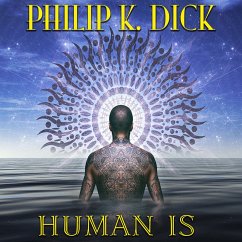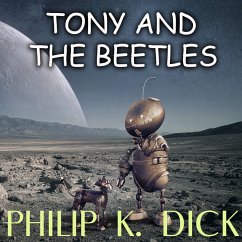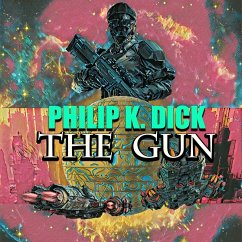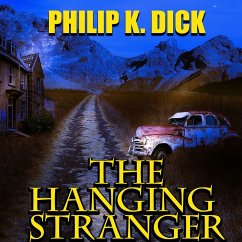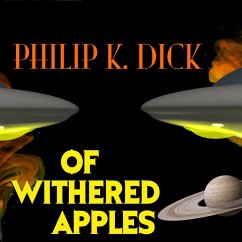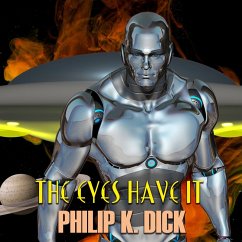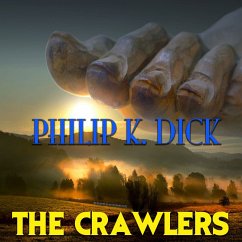
Meddler (MP3-Download)
Ungekürzte Lesung. 34 Min.
Sprecher: Bowen, Mark
Versandkostenfrei!
Sofort per Download lieferbar
0,99 €
inkl. MwSt.
Weitere Ausgaben:

PAYBACK Punkte
0 °P sammeln!
"Meddler" is a science fiction short story by American writer Philip K. Dick. It was first published in Future Science Fiction, October 1954 with illustration by Virgil Finlay. The technology called "The Dip" is used by historians to observe and study historical phenomenon. Wood is showing Hasten a new version of the Dip that can look into the future. Hastern is horrified by this. Not only is it illegal to Dip into the future, it is extremely dangerous. Anything from the future brought into the present has the potential to radically alter future event. Wood explains that the damage has already...
"Meddler" is a science fiction short story by American writer Philip K. Dick. It was first published in Future Science Fiction, October 1954 with illustration by Virgil Finlay. The technology called "The Dip" is used by historians to observe and study historical phenomenon. Wood is showing Hasten a new version of the Dip that can look into the future. Hastern is horrified by this. Not only is it illegal to Dip into the future, it is extremely dangerous. Anything from the future brought into the present has the potential to radically alter future event. Wood explains that the damage has already been done. Hasten has been brought in because he is the expert in the use of Dips for historical research. The future Dip was authorized earlier by the Political Science Council to predict the outcome of decisions and use began about one year earlier. To protect the future timeline, the Dip was designed to bring nothing back and only take photographs from high altitudes. The first reports from the future showed a world getting progressively better. Less urbanization and a happier population. But when they went back again to review earlier periods with the Dip, they found that the future has changed. There was now evidence of massive war. Moving forward again, the Dip revealed that all human civilization will be destroyed. To investigate why this happened and hopefully prevent it, they built a Time car that could send one person into the future. Hasten is charged with investigating the cause of the end of humanity.
Dieser Download kann aus rechtlichen Gründen nur mit Rechnungsadresse in A, D ausgeliefert werden.




